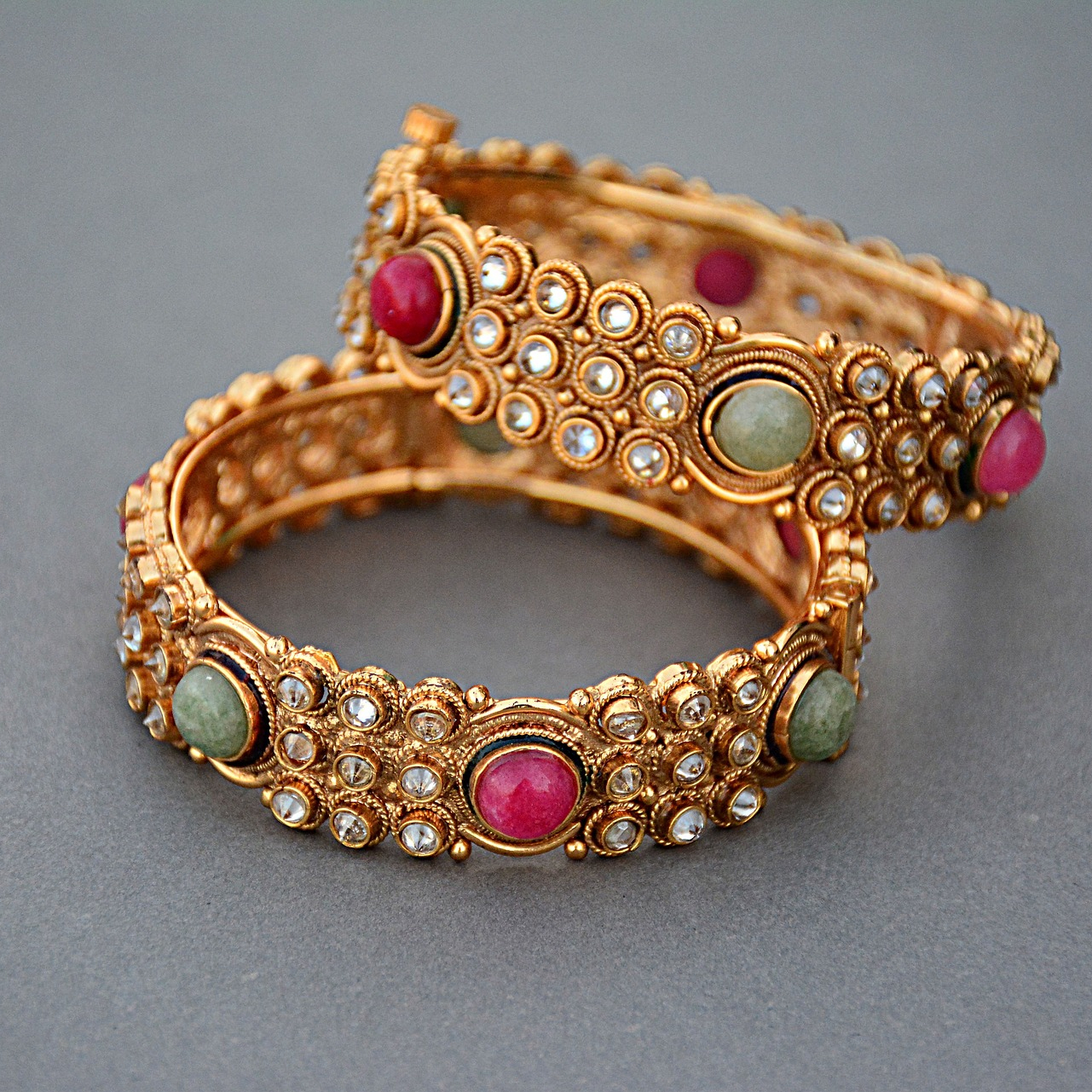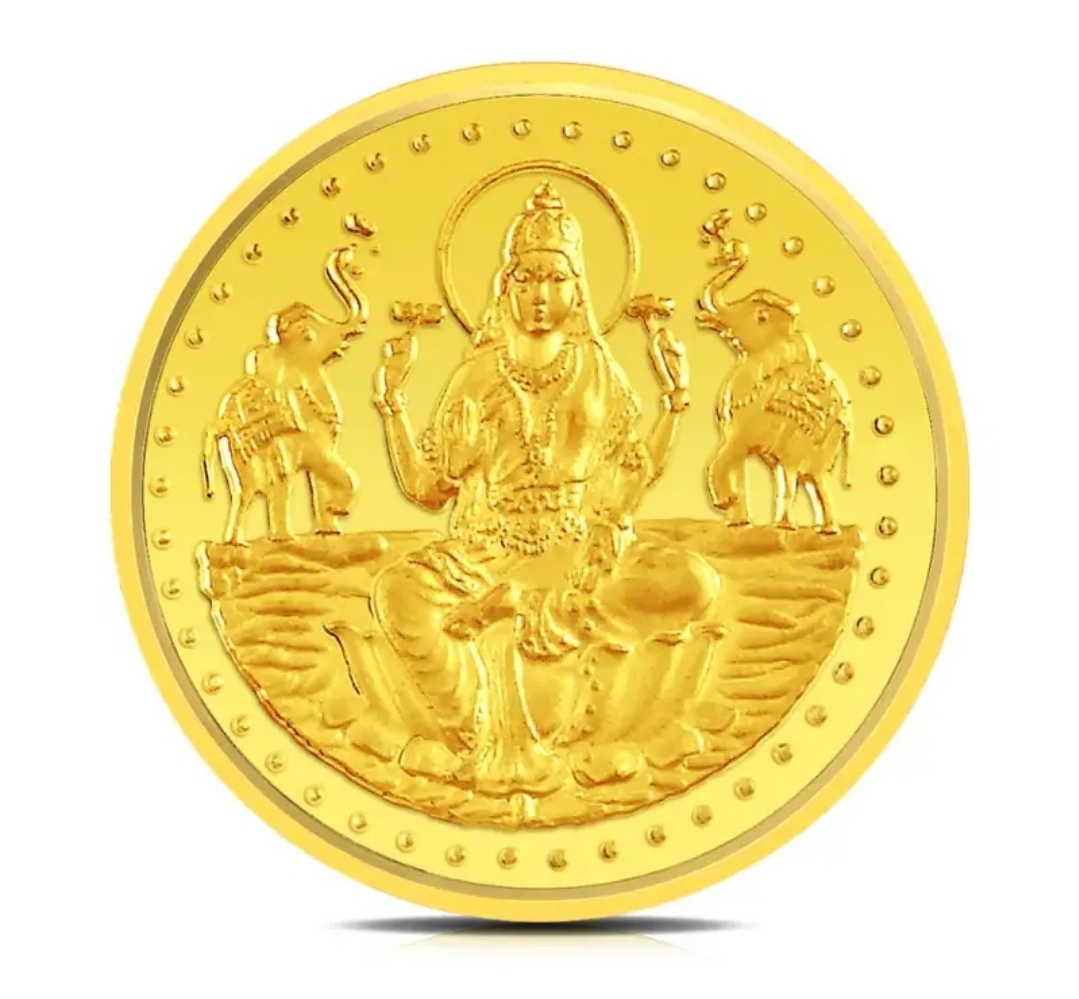Introduction:
Embark on an enchanting voyage through the pages of Indian history, where jewelry isn’t just an accessory but a profound cultural expression. Join us as we unravel the exquisite journey of Indian jewelry, delving into the evolution of styles and trends that have shaped its timeless elegance.
Ancient India: The Roots of Tradition
In the cradle of the ancient Indus Valley Civilization, jewelry held spiritual and cultural significance. Beads crafted with precision, made from materials like terracotta and copper, adorned the people, showcasing a mastery of intricate beadwork. As the Vedic traditions took root, gold, silver, and gemstones became integral to adorning deities and the royalty, setting the stage for the grandeur that would follow.
Mughal Opulence: A Gilded Era of Grandeur
The Mughal era stands as a pinnacle of opulence in Indian jewelry history. The Mughals introduced intricate techniques such as “Jadau” and “Polki,” characterized by uncut diamonds set in gold with enameling, resulting in pieces of unparalleled beauty. This period witnessed the creation of iconic pieces like the “Jhoomar” and “Maang Tikka,” which continue to be an integral part of bridal adornments.
Colonial Influences: East Meets West
The colonial era brought new materials and design influences to Indian jewelry. Victorian styles, characterized by intricate metalwork and the use of lockets and cameos, found their way into Indian designs. The result was a beautiful amalgamation of Eastern and Western aesthetics, marking a unique chapter in the history of Indian jewelry.
Art Deco Era: Simplicity and Symmetry
The early 20th century ushered in the Art Deco movement, influencing Indian jewelry with its emphasis on geometric shapes and bold symmetry. Indian artisans seamlessly incorporated these modern elements into traditional designs, resulting in pieces that reflected the changing societal tastes. Platinum gained popularity during this era, marking a departure from the traditional gold-centric designs.
Independence and Beyond: Modern Indian Expression
Post-independence, India witnessed a cultural renaissance, with a renewed appreciation for traditional craftsmanship. Iconic Indian jewelry designers emerged, championing the preservation of traditional techniques while infusing contemporary flair. Handcrafted, region-specific jewelry became popular, celebrating the diversity of India’s cultural heritage.
Contemporary Trends: Fusion of Tradition and Innovation
In the modern era, Indian jewelry continues to evolve, drawing inspiration from its rich history. Designers skillfully blend traditional elements with modern aesthetics, creating pieces that resonate globally. Statement jewelry, with bold designs and vibrant gemstones, has become a trend. Additionally, there’s a revival of heritage crafts, and sustainable practices are gaining prominence in the Indian jewelry landscape.
Conclusion:
As we conclude this journey through the ages of Indian jewelry, it becomes clear that each era has contributed to the craftsmanship, symbolism, and aesthetics of these adornments. Indian jewelry stands as a testament to the country’s rich cultural heritage, embodying a timeless allure that bridges the past and present. In each piece, one finds not just a beautiful ornament but a living embodiment of India’s history and artistry.


